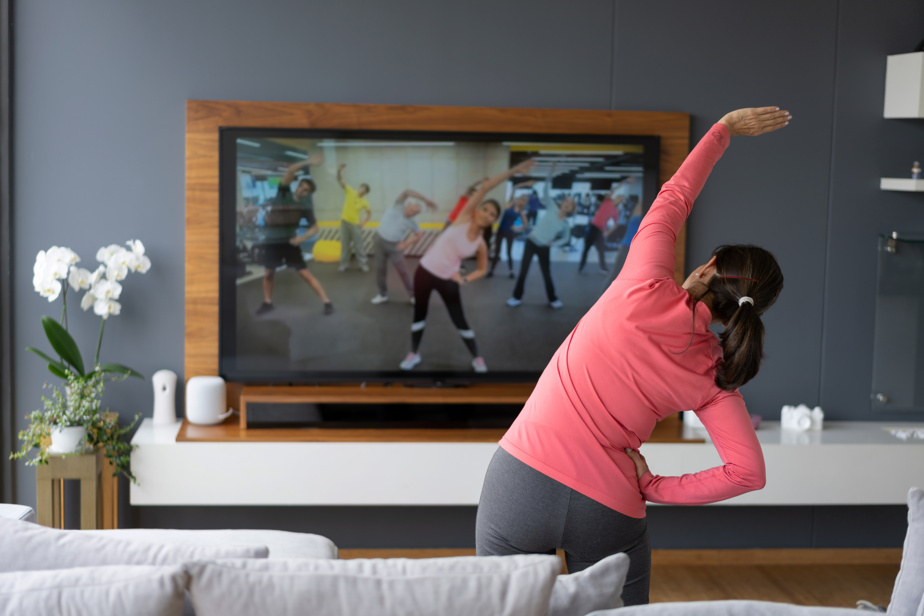(Montreal) Physical activity seems to have an important role to play in the fight against addiction, shows an analysis carried out by a researcher from the University of Montreal.
Doctoral student Florence Piché and her colleagues looked at 43 studies that had looked into the question. Sixteen of these studies tested whether physical activity led to a reduction in or cessation of use, and three-quarters of these 16 studies found that this occurred when participants in an addiction program added physical activity to the usual treatment.
“We really saw a decrease in consumption, then symptoms associated with addiction, summarized Ms. Piché. We saw a better result in terms of their addiction, but also in terms of their physical condition. We were winners on all counts. »
Just under a third of the reviewed studies also measured a reduction in depressive symptoms in participants who exercised.
The most studied form of physical activity was running. Other researchers have looked at yoga, cycling, strength training, walking or other forms of movement. The most common frequency of physical activity was three sessions of approximately one hour each week.
There is currently no scientific consensus on how physical activity could help fight addiction. It could be, for example, that physical activity helps calm the feeling of “craving” that is felt when consumption decreases or stops, Piché said.
People who have an addiction problem, she adds, “rarely only have an addiction problem.”
“It often comes with a psychiatric disorder, so helping the other psychiatric disorder could come into play on the person’s overall mental health,” Piché said.
It is also possible that the adoption of a first good habit of life ― physical activity ― has a domino effect in the life of the participants and encourages them to make other beneficial changes.
Ms. Piché interacts daily with people who have an addiction problem. The results of this analysis confirm the benefits of physical activity that she was already seeing in the field.
“Rarely have I met people who didn’t want to do any (physical activity) at all,” she said. They are in treatment and accommodation, they are there 24/7, so they have time. They are also really there to heal themselves. They are there to get better, so they are open to anything that can help them. »
The greatest fear of patients, at the end of their treatment, is to fall back into consumption once they return home. But those who took the opportunity to learn about physical activity are happy to come away with a buoy to hold on to when needed.
“They tell me, ‘I have a habit that I’m going to be able to do, that I’m going to be able to use instead of going to use or when I’m going to feel the urge to use, I’m going to really have a tool that I can use'” , Ms. Piché said.
The findings of this study were published by the scientific journal PLOS ONE.















